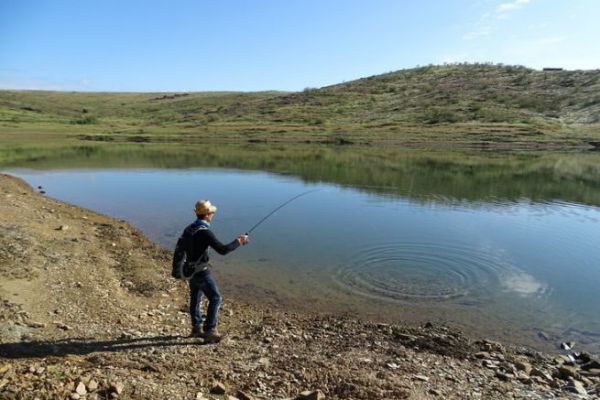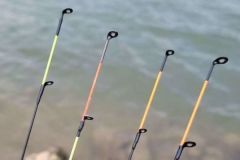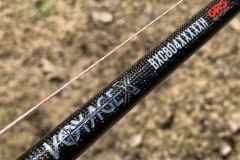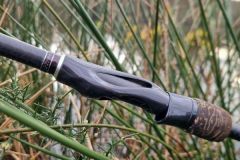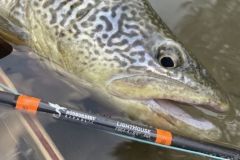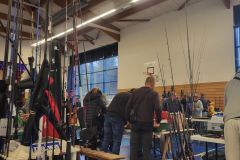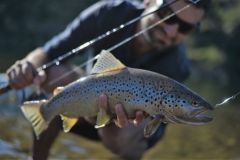Possible options
There's a wide range of fishing rods on the market today. For the same reference, you can choose between models with 1 single section, others with 2 equal or unequal sections and "travel" models with 3, 4 or even 5 sections.
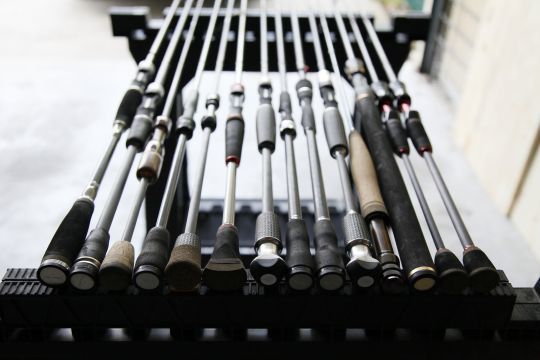
The footprint
The main criterion that should guide you in your choice is, of course, size. Or at least the space constraints you're able to cope with, because while it's clear that on this point one-piece models have a major disadvantage, they can boast many advantages!
The action
The first is to respect the original action of your blank. An uncut rod has a regular curve, unaltered by a fitting or spigot! However, manufacturers have made enormous progress and the actions of 2-strand rods are really very clean and linear.
What's more, in the past it was sometimes very difficult to find travel rods with really fast actions, but today this is no longer the case.
Resonance
Resonance is often an important criterion in the choice of a rod today, as fishing with soft lures has become more and more popular. As a result, the search for sensitivity and feedback has become paramount. In this game, the advantage clearly goes to single-piece rods!
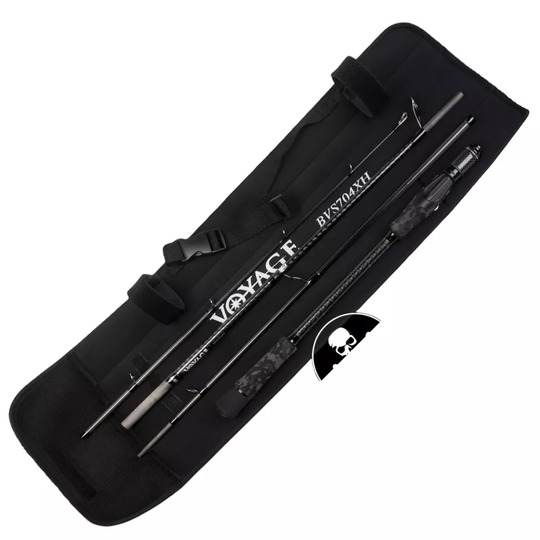
Lightness
Once again, single-ended rods are the lightest in terms of weight, since no overlapping parts or spigots have been added. A spigot is synonymous with extra material, and this is reflected not only in the overall weight, but also in the overall balance in the hand, as this extra mass is shifted towards the tip.
Sturdiness and risk of breakage
You might think that single-piece rods are less prone to breakage, and this is true in the sense that there are no potential weak points. However, the vast majority of breakages do not occur during fishing, but during transport, and the size of the rod becomes an inconvenience that can be costly. You're far less likely to get your 2-piece rod stuck in a car door or bang it against a door than an equivalent model measuring 2.40 m!
The choice
While the choice of travel rods is becoming more democratic due to restrictions and airfares, it is still far inferior to single- or twin-stranded rods. Twenty years ago, these were the most common rods, as the lengths used were often longer. Today, most lure anglers use models measuring from 1m80 to 2m40, and single-ended rods have taken a significant share of the market.
In either case, there's plenty to choose from, and you're sure to find what you're looking for on the shelves.
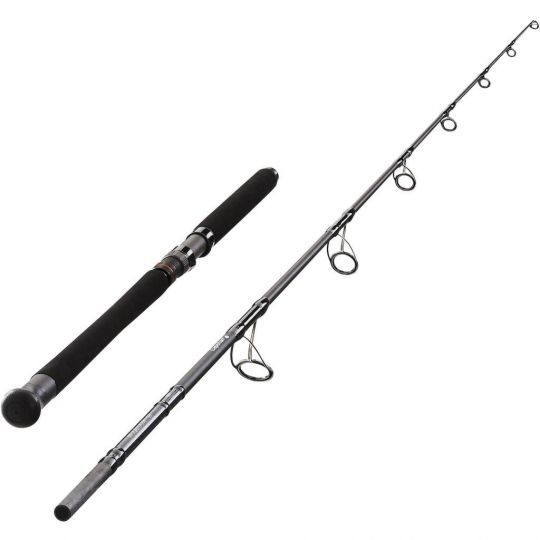
The right compromise
If we had to decide on the best compromise based on the qualities of each solution, the offset models, i.e. with 2 unequal sections, have all the strengths of single-section rods, but take up less space.

